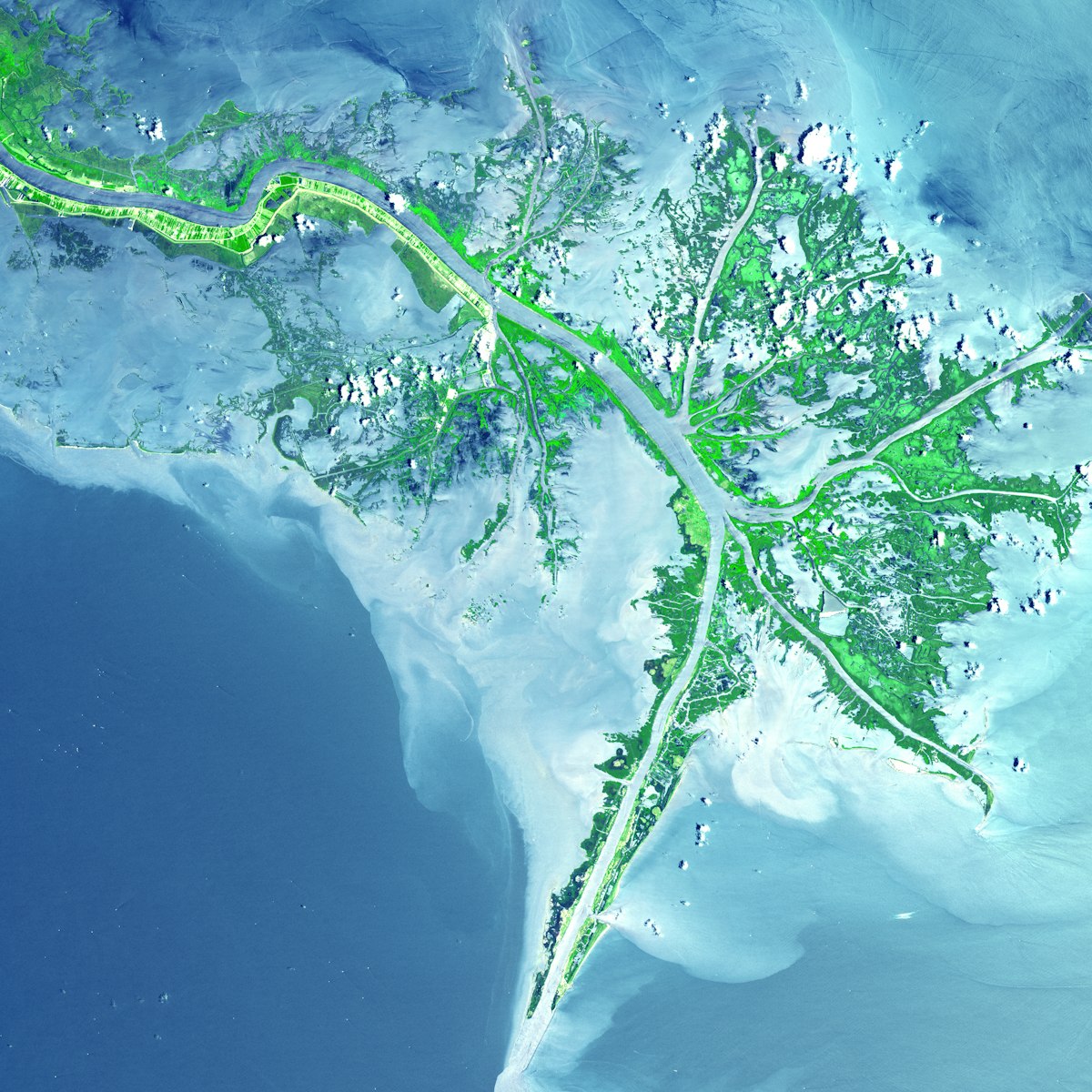Gulf of Mexico dead zone is larger than anticipated, a new study finds
Pollutants flowing into the Gulf of Mexico are stimulating the growth of marine algae and an environment incapable of supporting marine life.

Scientists backed by the U.S. National Oceanic and Atmospheric Administration (NOAA) reported Tuesday that this year's "dead zone" in the Gulf of Mexico is larger than originally predicted, at more than 16,000 square kilometers. NOAA predicted in June that the hypoxic zone, an area with little or no oxygen to support marine life, would be 12,600 square kilometers, which would have been smaller than the five-year average. The actual size turned out to be much larger.
The annual hypoxic zone survey was conducted aboard the research vessel R/V Pelican from July 25 to Aug. 1 by scientists from Louisiana State University and the Louisiana Universities Marine Consortium. The researchers collected data on the location of the dead zone, as well as oxygen and salinity levels. This evidence is vital for NOAA to refine its models and study how to decrease the size of the hypoxic area.
The expansion of the dead zone is believed to be driven by polluted runoff from farms and cities that pollute the Mississippi River, which flows into the Gulf of Mexico and stimulates the growth of oxygen-consuming algae. NOAA aims to minimize habitat loss caused by the phenomenon from living resources such as commercially caught fish and decrease the influence of the hypoxic zone on local economies.
Pollutants flowing out of cities, into the Mississippi River and into the Gulf of Mexico are stimulating the growth of marine algae that are starving an area of some 14,000 square kilometers of oxygen, creating an environment incapable of supporting marine life.
The U.S. Department of Justice and five U.S. states reached a $20.8 billion settlement in their litigation against oil company BP (British Petroleum) over the April 2010 Deepwater Horizon oil spill in the Gulf of Mexico. The settlement announced Monday resolves the government's civil claims. "BP is getting the punishment it deserves while providing critical compensation for the damage it caused to the environment and the Gulf region's economy," said Attorney General Loretta Lynch. BP to pay more than $20 billion for the Gulf of Mexico spill.
The Mississippi River/Gulf of Mexico Interagency Hypoxia Task Force uses survey data to assess nutrient runoff and create solutions to decrease pollutants in the watershed and collaborates with farmers and local corporations to implement water quality projects. "Our nation's farmers provide the food, fuel, and fiber that sustain our families, that sustain our nation, and they are true leaders in environmental stewardship and water management," said Radhika Fox, co-chair of the task force.
According to Nancy Rabalais of Louisiana State University and lead researcher for the survey, the effects of climate change could alter the dead zone. Rabalais stated that rising temperatures and more precipitation will increase the "stratification or layering of the surface layer over the bottom layer, which will make the difference much stronger and prevent oxygen from the surface from returning to the bottom." The forecasting methods used by NOAA to measure the hypoxic zone may be affected by climate change because of their dependence on average coastal climate conditions. Current practices may require adaptation as ocean temperatures rise and extreme weather events increase.




